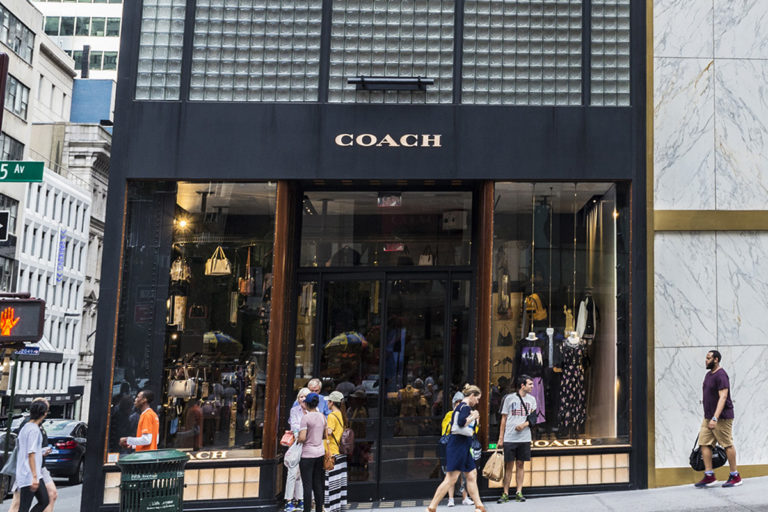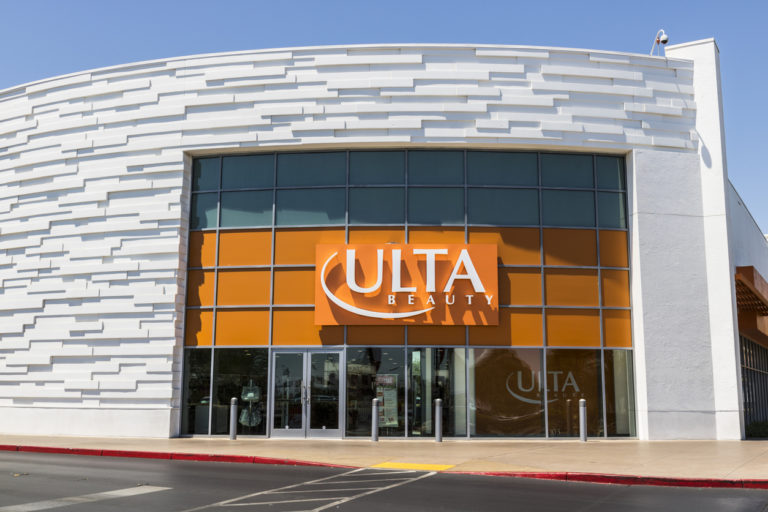Each new year brings a new mix of consumer behavior, media preferences, and tech trends, so it’s no wonder marketers are busy working out where and how to reach their target audience in 2019.
Knowing what to expect from your customers can go a long way toward ensuring ongoing business and marketing success. It’s important, therefore, to acknowledge that 2019 was all about convenience. Consumers want a digital experience that’s seamless and meets their unique needs.
With that in mind, every year we publish our five predictions for consumer trends. Here’s what we predicted for consumers trends in 2019:
1) The future of brick-and-mortar is mobile
It’s easy to look at the state of retail and see it as a push-and-pull between e-commerce and physical stores. In reality, technology is lending a helping hand to brick-and-mortar sales. While 86% of US retail sales still take place in physical stores, 53% of all purchasing decisions are now “digitally influenced.”
What’s more, Forrester reports that by the year 2022 the internet will have an even bigger impact on the customer purchase journey, influencing more than 40% of in-store sales. With mobile devices and location technology combined with brand analytics, brands can identify and engage shoppers when it matters most and see positive changes to their in-store revenue.
2) People want frictionless shopping experiences
Online shopping has affected customer expectations in many ways, including the way consumers learn about products. They’ve come to expect detailed product information on e-commerce sites, and want the same thing in-store.
2019 was all about convenience. Consumers want a digital experience that’s seamless and meets their unique needs.
In order to provide that information — along with ratings, reviews, and price comparisons — retailers must embrace mobile to help their customers find products in-store and skip the cashier line on the way out. We’re already seeing this with Amazon Go stores in the US, which require a mobile phone and app in order to use their “Just Walk Out” technology. We anticipate other companies taking a similar approach this year too.
3) The age of buying through a single channel is over
Determining how and where consumers shop is always top of mind for retailers, and we now know many consumers check multiple channels before they make a purchase.
Even if they’re “loyal” to a particular channel — like Amazon, an e-commerce store, or their preferred brick-and-mortar — they’re likely to visit multiple outlets and often like to touch and explore new products in-store. And eMarketer reports that 65% of customers expect “consistent levels of service across physical and digital experiences,” while 55% expect “frictionless flow of information between multiple channels.”
Multichannel shopping isn’t just popular with consumers — it’s more lucrative for retailers. The National Retail Federation found that multichannel shoppers spent $93 more on average than single-channel shoppers over the Thanksgiving weekend. You can bet, therefore, that more brands will follow in the footsteps of Amazon and Sears, which struck a deal allowing consumers to purchase tires from the former and have them installed by the latter. Facilitating multichannel shopping will satisfy your customers’ desire for convenient buying options.
4) Voice search adoption is on the rise
Think voice search and recognition are still a novelty? Think again. Consumers have grown very comfortable with this technology, to the point where almost 60% of all searches come from mobile devices and 20% now use voice search. This behavior supports the trend toward quick and easy shopping experiences; voice search is hands-free and faster than typing, while mobile solves real-time problems related to location with “near me” search options and local SEO.
Voice search currently generates $2 billion in US retail sales, and it’s expected to reach $40 billion by 2022. By 2020, Gartner predicts voice-activated searches will account for 30% of web-browsing sessions. These numbers are impossible to ignore for those in the digital marketing field, as they represent a fundamental shift in how people search. Optimizing for voice search should be a priority for brands in 2019.
5) Consumers expect personalization from brands
It’s becoming abundantly clear that consumers want a richer, more personalized shopping experience, whether in-person, online or via mobile.
Research shows they’re willing to provide the personal data necessary to allow for those personalized experiences. In fact, 54% of consumers expect to receive a personalized discount within a day of making themselves known to a brand, and 71% express frustration when their shopping experience feels “impersonal.” Further research shows that 63% of consumers are interested in personalized recommendations and are willing to share their data to receive benefits like credits for coupons and loyalty points, exclusive deals, and special offers on relevant items.
Understanding what consumers want is the key to creating more engaging and effective campaigns. 2019 was a pivotal year for retail, as marketers fully integrate the online and offline retail experiences — the common thread between all five of our 2019 consumer trends that we saw. Just make sure to let your customers guide your decision-making along the way.





